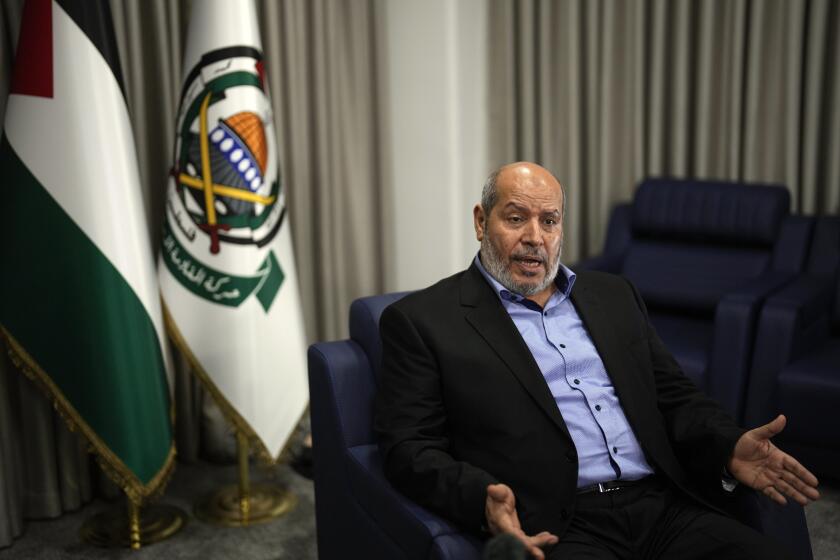Mastercard wants to make Latin America a model of e-commerce
Mastercard announced Tuesday a plan based on lessons learned in other parts of the world and on the latest technological tools, which together will make e-commerce in Latin America and the Caribbean a model to imitate.
The Digital Security Guide for Latin America and the Caribbean seeks to boost the level of certainty in payment approvals and reduce the fraud level in transactions, two elements of the perfect e-commerce model.
Panama’s Jorge Arbesu, vice president cyber security solutions, told EFE that e-commerce in Latin American and Caribbean countries, though still in its “adolescent” phase, is clearly on the rise.
From the 126 million consumers who purchased online in Latin America and the Caribbean in 2016, the market will surge to 156 million in 2019, which will be reflected in sales that climb frpm $40 billion to $80 billion, according to figures of the tech company in the global payments sector.
This jump will inevitably lead consumers to demand online payment services that are impeccable from a security and convenience point of view, Mastercard said in a statement.
Arbesu noted that Millennials, digitally oriented from birth and whose youngest members were 18 years old at the end of 2018, are changing consumer patterns by going first for online rather than in-store purchases.
What’s interesting is the difference between what has happened in Europe and the United States, where e-commerce caught on when the infrastructure and logistics were made available, and in Latin America and the Caribbean, where it’s the consumers who have demanded access to online purchasing, Arbesu said.
Another aspect is that Latin Americans started shopping online with the arrival of iPhones on the market, without a previous phase of purchasing over computers.
As a global company with a presence in more than 210 countries and territories, Mastercard can offer “the best of all worlds” to guarantee the acceleration and success of the “evolutionary process” of e-commerce in Latin America, Arbesu said.
That is the purpose of the Mastercard Digital Security Guide, a combination of initiatives, guidelines and tools for keeping e-commerce secure and applying the so-called “industry standards” to authenticate online transactions on a global scale.
Jeff Wilson, executive vice president services at Mastercard, said as much in the statement that sparked the launch of this plan, saying that the credit card company wanted to go from defense to offense in terms of online security.



